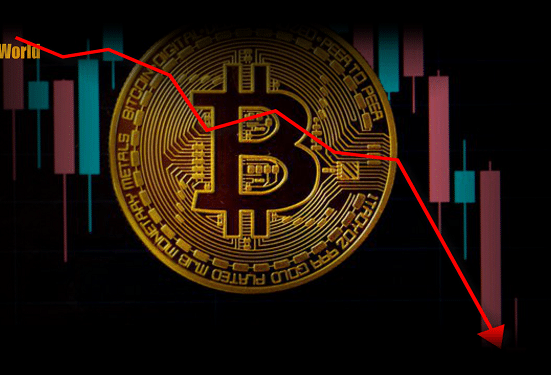
In a major leap, Tether has breached the $10 billion mark in capitalization recently. The announcement was made by Tether as it was also check by aggregator CoinGecko.
Cointelegraph previously reported that a relevant portion of this growth comes from existing fiat on exchanges being transformed into USDT.
Tether transfers currently account for a majority of transactions and value on many of the chains where it is available. As Cointelegraph reported previously, it is one of the largest gas consumers on Ethereum with over $6 billion USDT existing as an ERC-20 token.
The next largest Tether host is Tron, holding over $2.8 billion USDT — more than 2.5 times the market capitalization of TRX. The original Bitcoin (BTC)-based USDT on Omni comes third, with $1.3 billion according to Tether’s transparency page. Other protocols like EOS, Algorand and Liquid seem to be less popular, with the largest presence being on Liquid at just $17 million.
However, Cointelegraph previously reported that the company sees CBDCs and Tether coexisting, citing Tether’s multi-platform nature. Some other experts agree, noting that the two types of stablecoins are likely to have different purposes.
Some also point to the extreme level of government surveillance expected on CBDCs, seeing crypto-native alternatives as a way of evading prying eyes. However, it is worth noting that Tether, like other centrally-issued stablecoins, has a freeze feature that can be activated upon the request of law enforcement.














